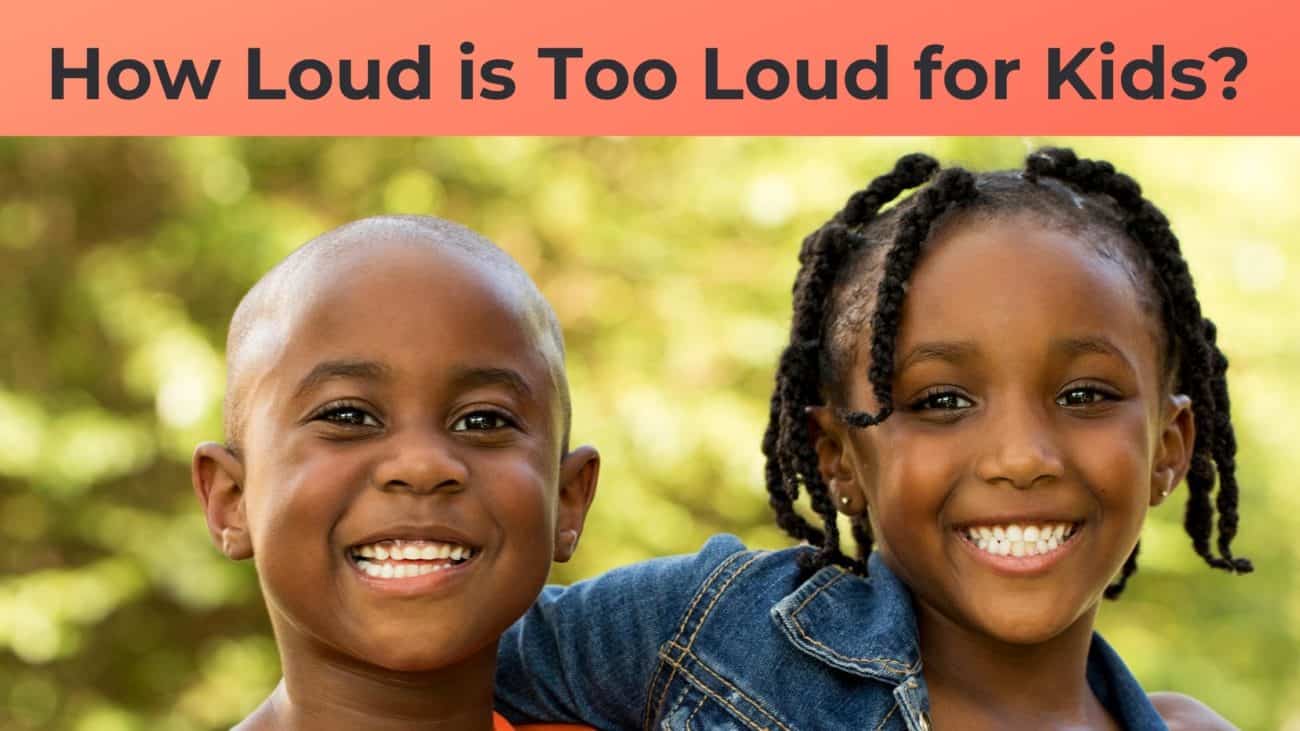- Fine-Tuning Your Hearing Aids for the Best Listening Experience - June 7, 2025
- Everyday Sounds That May Be Making Your Tinnitus Worse - May 7, 2025
- The Hidden Dangers of Everyday Noise and How to Stay Safe - April 9, 2025
Recent reports have shown a surprising uptick in hearing loss among young people. Although older people have always been likely to develop hearing loss as the years go by, young people have not had such high rates of loss and tinnitus in prior generations. Why has there been such an abrupt rise in hearing loss among these youths and young adults? Many experts point to the use of earbuds and headphones.
Along with smartphone technology, we are able to listen to more sound than ever in our daily lives. Whether we choose to listen to music, videos, audiobooks, podcasts, or other media, it is possible to fill the day with sound coming from our devices. Despite the enjoyment we can glean from this addition to our lives, the effects on hearing are devastating. Let’s take a look at how headphones and earbuds can lead to hearing loss, as well as the safe level for your children to use these devices.
Headphones and Hearing Loss
When you play music or other audio through speakers, you are creating a chain reaction of air particles bumping up against one another, spanning the distance from the speaker to your ears. Speakers must have sufficient power to create this pressure relationship, so they can be felt not only in the ears but throughout the body. Others in the area, including family members and neighbors, are also experiencing this sound, meaning that others are aware of the volume at which listening is taking place. The risks of headphones and hearing loss are both physical and social.
In the physical sense, soundwaves are not projected through space but amplified directly into the ear canal. With no other surfaces or space to cross, this sound moves more efficiently and powerfully to the eardrum. In the social sense, we have little sense of the volume an individual experiences through using headphones or earbuds. Though we might hear a muffled tone coming from these devices, the volume being projected into the ears is remarkably higher. A person need not inconvenience others by playing loud music through headphones, and we might not even be aware of that volume.
Finding a Safe Volume
For anyone using headphones or earbuds, it is essential to find a safe volume and to abide by that restriction in order to avoid hearing loss. The iPhone, for example, emits a maximum volume of 102 decibels. According to hearing experts, the safe volume of noise exposure for an 8-hour period is below 85 decibels. How does that translate to your smartphone? A person can listen to 8 hours of media at 70% volume without a risk of hearing loss, but the time of exposure shrinks as the volume goes up. 80% volume on these devices emits 89 decibels, which is only safe for 90 minutes without a risk of damage.
At the maximum volume of 102 decibels, a person can only listen for 10 minutes without risking permanent damage. One of the further risks of using earbuds or headphones is the combination with outside sound. If you find yourself in a noisy environment or on a loud mode of transportation, that sound adds to the volume coming from your earbuds. Furthermore, the competition between earbuds and environmental sound might urge you to turn up the volume even further. If you have ever come home from your commute, turned on your media player and been surprised by how loud they are, you are likely adding dangerously loud media to an already loud transportation environment.
Protecting Youth Hearing
If you have young people in your life, it is important to urge them to limit the volume on their devices to 70% to be safe. Encouragement might not be enough, and so apps are available under parental passcode protection that limits the volume of devices to this safe range. You can also use apps that monitor the volume and duration of audio use, keeping track of how much dangerous volume is being experienced. Whether these young people are your own children, grandchildren, or other loved ones, their future hearing ability relies on these protective measures throughout life. Don’t put off having a conversation with these young loved ones to protect their future wellbeing!

